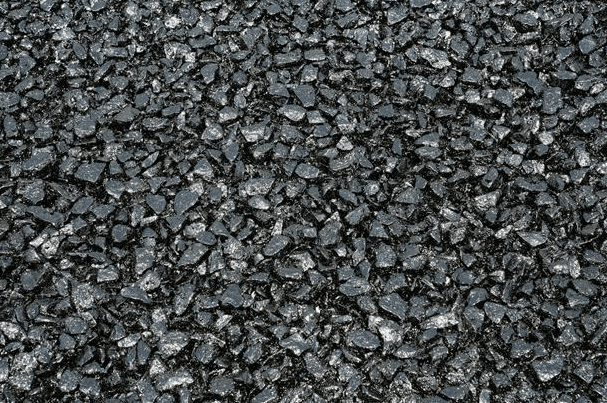
Porous asphalt is top-of-the-line in technology when it comes to paving. You might be wondering what makes porous asphalt so awesome. Well, the answer is right in its name!
Porous asphalt does exactly what it sounds like it does – it absorbs any moisture that may end up on the pavement, making for a much better drainage system. Since the water is able to trickle down through the asphalt into the earth below, there is a decrease in puddles and icy patches.
How Does Porous Asphalt Work?
Porous Asphalt works by combining several layers of material that work together to adsorb moisture and prevent water from pooling on the surface.
Learn more about each layer (from the bottom up) below:
- Uncompacted Subgrade: Works to maximize the rate of infiltration of the soil.
- Geotextile Fabric: This layer prevents fine material and debris from passing through, but allows water to pass through freely.
- Stone Recharge Bed: Serves as a temporary storing zone for stormwater as it works its way into the ground below, as well as a structural layer.
- Choker Course: Also called “stabilizing course.” This thin layer helps to stabilize the surface for asphalt to be applied.
- Open-Graded Asphalt: The pavement layer is made up of interconnected voids that allow the free flow of stormwater right through it.
We provide porous asphalt as part of our green paving solutions! Thinking about starting a paving project for your residential or commercial property? Contact HMA Contracting to get started, today.
